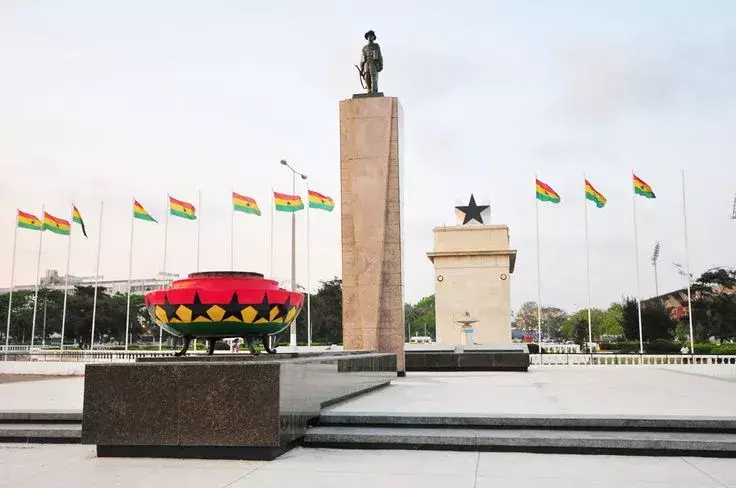Independence Monument

- The Independence Monument in Conakry, Guinea, stands as a powerful symbol of the country's liberation from French colonial rule in 1958. Located in a prominent public square, this monument serves as a reminder of Guinea’s struggle for self-determination and its role as the first West African nation to gain independence from France. It is a site of national pride and historical significance, drawing both locals and visitors who wish to reflect on Guinea’s journey to sovereignty.
- The monument features a striking statue of a soldier or a freedom fighter, often depicted holding a rifle or raising a fist in defiance, symbolizing the bravery and resistance of the Guinean people during their fight for independence. The structure itself is designed with elements that reflect Guinea’s strength, resilience, and commitment to freedom. Surrounding the monument, visitors often find inscriptions or plaques detailing key historical events, honoring the efforts of Ahmed Sékou Touré and other national leaders who led the charge for independence.
- As a popular landmark for national celebrations, the Independence Monument becomes a focal point during Independence Day festivities on October 2nd, when citizens gather to commemorate the country’s freedom, lay wreaths, and participate in patriotic ceremonies. The site also serves as a place for political speeches, public demonstrations, and educational visits, helping younger generations understand the importance of Guinea’s independence movement.
- Visitors to the Independence Monument not only witness a piece of history but also experience the spirit of resilience and unity that defines Guinea. Whether stopping by for a moment of reflection, taking photographs, or learning about Guinea’s past, the monument remains a must-visit landmark in Conakry, embodying the country’s enduring struggle, triumph, and national identity.
